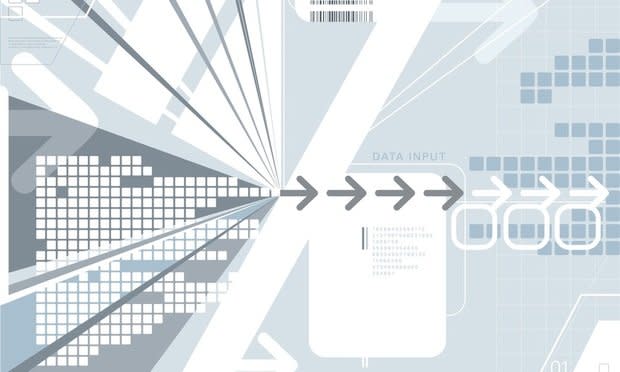Playing Nicely in the Sandbox: A Call to Integrate Legal Technologies Into Existing Workflows

Credit: iStock.com/CTRd
As a CIO or IT Director, what do lawyers need from you?
In our view, lawyers and law firms need tools that help them complete their essential work faster and more easily, that fit within their existing workflows and complement their other tools, that don’t break the bank, and that offer the efficiencies and advantages of up-to-the-minute technological advances without requiring constant assistance from IT. Piece of cake, right?
Not quite. While the burgeoning legal technology industry has done a great job of providing useful, affordable solutions that offer accessible, intuitive smart technology, we’ve fallen down on one key component. Too many offerings either aren’t integrated with common workflows or don’t work well with other technologies. Some of that is due to the speed at which the marketplace has evolved—but it’s within our power to start doing better.
Increasingly, law firms are realizing that improving the core work of lawyers needs to be a joined-up experience not a disjointed tour around all the applications and services available to them.
The Legal Tech World Is in a Constant State of Flux
The entire legal technology industry has been booming for years, and the growing availability—and functionality—of artificial intelligence (AI) promises to keep the trend going. Of the $1 billion invested in legal technology in 2018, $362 million was earmarked for AI technologies. The number of AI-focused legal technology companies grew by 65 percent in just a year, spurred in part by advances in natural language processing, machine learning and their application to the text-heavy practice of law.
Meanwhile, new startups keep springing up, while other companies continually combine and reinvent themselves to adapt to changing technologies and to meet emerging needs.
We’ve also seen a number of mergers focused on bringing analytics and automation to existing tools. For instance, last year legal research company Fastcase acquired Docket Alarm, which tracks dockets and generates analytics, and then obtained Law Street Media, which it intends to relaunch as an “enhanced daily news and analytics hub.”
But even while discrete companies are joining forces, the tools that they’re providing still have a tendency to be highly fragmented. Worse, the constant change in the marketplace creates a moving target for what services and tools are available and what they work with. When solutions don’t work in the core tools already in use, lawyers end up with multiple disparate workflows that don’t connect smoothly. That means they have to shift tools as they transition between the different stages of their core tasks, be it case management, legal research, document drafting, or e-discovery. Instead of sharing information within and across these workflows and using technology to expedite these common tasks, the lack of a single unified end-user experience creates speed bumps in the day-to-day practice of law.
Things are beginning to change. Notably, successful legal tech companies are broadening their niches by strategic innovation and creating open integration ecosystems.
Integrated Products and Services Benefit Firms
With unrelenting pressure on law firms to control their costs and compete with growing alternative legal service providers, lawyers can’t afford the slowdowns those speed bumps cause.
If instead, we create integrated solutions that work within existing workflows while maximizing the efficiencies allowed by automation and AI, we can do more than just eliminate those costly delays: we can fast-track legal services and allow lawyers to focus on the irreplaceable human aspects of legal practice. For example, imagine deploying an AI-powered legal research solution that could identify case law results and insert them directly into a document draft while simultaneously using natural language processing to locate similar previous work within your document repository.
This is the next level of legal technology services—if legal technology companies can find a way to share the sandbox and create tools that work well together.
Legal Tech Companies Should Cover the Last Mile
As we see it, the mandate of legal technology leaders is to make lawyers’ lives easier—to help them finish their work quickly and competently so that they can get home on time. In the current technology environment, that means creating smooth workflows that put the right tools in lawyers’ hands exactly when, where, and how they need them.
Salesforce, the top customer-relationship management solution, is a great example of a technology company expanding its reach by reinventing itself as a platform rather than a standalone application. Its AppExchange allows third-party developers to create products that expand the power of Salesforce to different work settings. Through AppExchange, Salesforce has created “an ecosystem of over 5,000 ready-to-install solutions” that “extend the functionality of Salesforce across every department and industry.”
Of course, this isn’t the only approach to creating integrated products and services, but it offers one example of how a market leader can redefine the work environment. In our increasingly boundaryless and connected business ecosystems, the work that flows between clients and law firms is the best place to integrate technology.
Paul Domnick is President of Litera Microsystems, having been President of Litéra Corp from 2014 to 2017. He brings a unique insight into the utility of the Litera Microsystems’ risk management solutions having previously been CIO of Freshfields Bruckhaus Deringer for five years.



